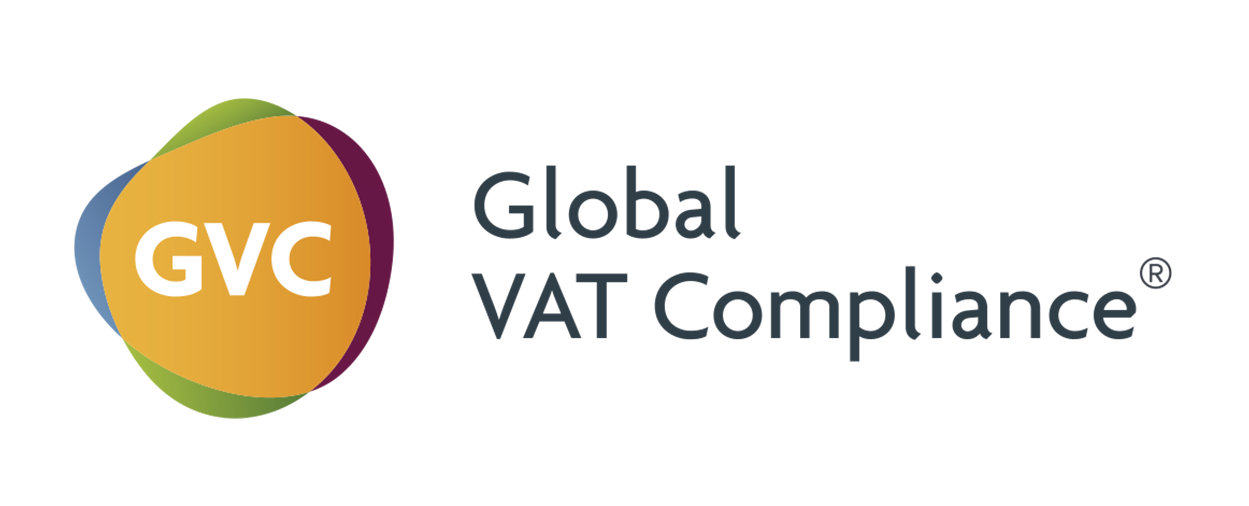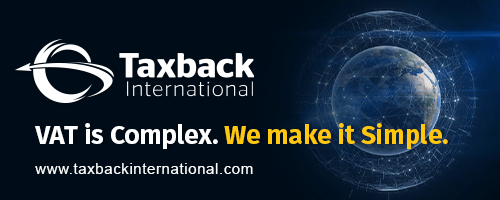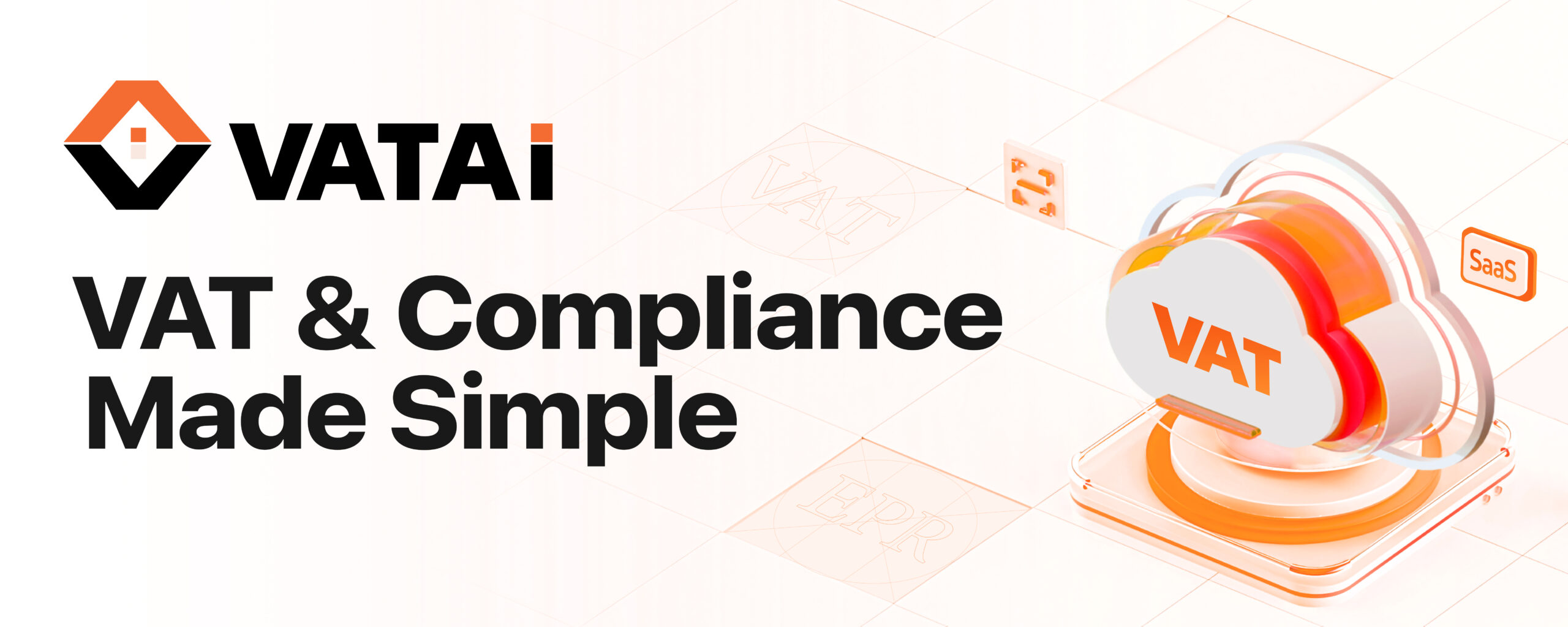Article by Luís Aires
Indirect Tax Advisor
Lecturer
PhD Candidate
Author/Researcher on VAT Policy/Case Law and Indirect Tax Technology
One of the many fantastic stories in the Book of Genesis is the Tower of Babel, a tall construction made in Babylonia after the Deluge. The gist of the story is: All human beings used to speak the same language. As they came to settle in Mesopotamia, they decided to build a city with a tower to reach the heavens. Through this endeavor, mankind intended to create a name for himself. God, however, had other plans. Mankind’s language was confused, and they were scattered over the earth. As a result, the city and the tower were never completed. We can observe something similar to this in modern days in the different digital reporting systems embraced by the national Tax Administrations (“TAs”) across the EU, hence resulting in “digital frontiers/barriers” arising from this lack of harmonization. Therefore in this 1st part of two articles we will adress the issues of this “digital frontiers/barriers” and the 2nd part will be dedicated to how new technologies can help tackle the abyss of the lack of harmonization between tax administrations, especially as regards VAT
Introduction
The digital transformation spurs innovation, generates efficiencies, and improves services while boosting more inclusive and sustainable growth and enhancing well-being. At the same time the breadth and speed of this change introduces challenges in many policy areas, including taxation.
The Electronic Administration concept, as defined by the European Commission, implies “The use of ICTs in Public Administrations, by combining organizational changes and new abilities to improve public services and democratic processes as well as reinforce the support to public policies”. This concept is being rapidly developing in the TAs throughout the world and requires various measures for its effective implementation.
Electronic administration implies different coordinated elements. On the one hand, the development of electronic services and on the other, the creation of regulations and technological instruments and likewise, a new public management model based on efficiency and effectiveness.
The main advantages of electronic administration are:
- Greater transparency.
- Lower costs and greater revenues.
- Increased efficiency and effectiveness.
- Improved controls.
- Struggle against corruption.
- Electronic cooperation with other TAs.
- Interoperability (capacity for exchanging and using information).
- One-stop shop.
The TAs are driven by a diverse set of inside and outside forces such as political initiatives that drive the new digital economy or use taxes to incentivize businesses to lower their carbon footprint. The OECD and many other Organizations and countries are intensively working on electronic government and have issued, among other documents, a recommendation whose objective is to support the development and implementation of digital government strategies that may bring the governments closer to the citizens and enterprises.
It is thus recognized that the current technology is not only a strategic promoter for improving the efficiency of the public sector, but it may also support the effectiveness of the policies and create more open, transparent, innovative, participative and reliable governments. Nevertheless, the multiplication of technological options may generate new risks and greater social expectations which the governments are not always prepared to face.
Currently TA involves the “administration of information”. Therefore, it is important that the new technology incorporated in the TAs, may effectively be useful to improve their performance, by generating a unique, complete, quality and reliable information system for making decisions and fulfilling their strategy. Undoubtedly, ICTs are available to everybody; that is, for those who wish to use them to evade, as well as for the TAs to be more efficient in their management.
The availability of new technologies, the new sources of information and increasing international cooperation afford the TAs new opportunities and challenges to be more efficient and effective in their management. There is an important gap in its use by the private sector with respect to the public sector, especially in many developing countries, which undoubtedly constitutes a challenge for the TAs.
The OECD’s recent report precisely highlights this issue on stating that there has been an increase in electronic administration, since there has been a significant change toward electronic administration with increasing options for online filing of returns and payment of taxes. In average, the rates of electronic filing of individual income tax returns currently exceeds 70%, while corporate income tax is around 85%. The digital contact channels (such as electronic mail, online digital assistance) continue to increase. For example, electronic mail contacts increased 20%, while traditional channels continue to decrease (for example, personal contacts decreased 15%). More than 40 administrations are using or plan to use artificial intelligence to be more efficient.
On the other hand, it is said that there is an increasing use of predictive behaviors as a compliance tool. Behavior analyses allow for better understanding how and why taxpayers act and they are also used to design policies and practical interventions. It is specified that more than 10 TAs are using behavior researchers and more than 35 have data scientists.
Likewise, it is said that compliance risk management is being used, since the TAs are adopting an evermore proactive approach for compliance risk management, whenever possible, thereby trying to intervene in earlier stages rather than after the tax returns may have been filed. In almost two thirds of the TAs, formal cooperative compliance approaches for large taxpayers exist or are planned. This is particularly important, since the data indicate that in the majority of jurisdictions, between 35% and 60% of total net revenues, including payments withheld from the employees, were received from taxpayers covered by their large taxpayer programs.
On the other hand, it is noted that the increasing availability and exchange of data now allow compliance through design approaches for covering a variety of revenue sources, even through the previous filing of tax returns that is carried out by approximately 70% of the TAs covered by the report.
In relation to this issue, another recent OECD report highlights the fact that more than 90 jurisdictions that participate in a global transparency initiative under the OECD’s Common Reporting Standard (CRS) since 2018, have now exchanged information on 47 million accounts abroad, with a total value of approximately 4.9 billion Euros. The automatic exchange of information initiative (AEOI), activated through 4,500 bilateral relationships, constitutes the greatest tax information exchange in history, as well as the conclusion of over two decades of international efforts to counteract tax evasion.
The voluntary dissemination of extraterritorial accounts, financial assets and revenues in the period prior to the full implementation of the AEOI initiative generated over 95 billion Euros in additional revenues (taxes, interest and fines) for the OECD and G20 countries in the 2009-2019 period. This cumulative amount has been increased by 2 billion Euros since the OECD’s last report in November 2018.
The success or failure in the use of the new technology shall also be a direct consequence of the human resources available in the TAs, who should distinguish themselves for their integrity and permanent motivation and training, with compensations in keeping with the tasks performed, willing to acquire new skills, specialized knowledge, continuous training, with creativity and geographical mobility; in short, neither more nor less than an adequate management of knowledge.
The digital transformation journey
Digitalisation is a major development in society and a key factor driving changes in tax administration. Interaction between citizens, companies and government today is almost by default digital and commercial value chains are inter-national and integrated. Current digital innovations may lead to more disruptive societal and economic consequences. To optimize the potential of digital transformation, tax administrations must clearly understand the path they need to follow to get from where they are now to where they want to end up.
In the function of information and assistance to taxpayers, the trend is the reduction of physical contacts with taxpayers, a product of new forms of attention either through the TA’s website or through mobile applications. The trend is that fewer and fewer formalities are carried out in the TAs units themselves and more are carried out online, which is leading to a reduction in the number of offices in many organizations in a manner similar to that of the Financial Institutions sector.
Another trend is that the TAs make available to the taxpayers the data available to them, and prepare returns / declarations proforma of VAT and Income Tax. This leads us to rethink what the optimal structure should be in this regard, analyzing among other points the consequent transfers of agents destined to the physical attention of the taxpayers to other tasks, such as massive or extensive controls.
From the point of view of the function of verification or control, the changes should be linked to the use of the huge amount of information available to Tas, not only internal but external data, product of the increasing forms of cooperation/ collaboration that is produced, among other aspects, from the exchange of information and all the related to the BEPS Action plan of OECD.
International tax units must be developed, not only at the central level as they already exist in almost all countries but at the operational level in each unit of the TAs. This monitoring function should also be structured in terms of Compliance Risk Management.
The TAs are adopting an approach that is increasingly proactive for the management of the compliance risk, whenever possible, seeking to intervene in the early stages rather than after they have filed the tax returns, in this sense the massive control will have preponderance over the intensive.
In the function prior to the audit, the investigation is a stage to select cases to audit, here also the structure requires a presence throughout all the units of the TA, endowing it with optimal human and material resources to take advantage of all of the information and new techniques of selection (methods of predictive algorithms, risk analysis, etc.). Today the digitalization and the concepts of electronic TA and electronic government are greatly enhancing collaboration and integration between agencies and TA within a state and between different countries, through processes such as the one-stop window.
For this aspect, the structure of the TA should include areas that will serve as the link between the various agencies so as to enhance this process and to give a rapid use to the information and best practices exchanged.
How digital transformation sustains tax administrations
The current organisation of the tax system in most western states is a result from the 19th century disruptive changes relating to the industrialisation period and nation state building. Prior to this, for many centuries taxation was very much based on, and integrated with, physical and tangible processes concerning agriculture, trade and land ownership. Taxation was therefore in practice largely governed by local legislation and local knowledge about the taxpayers.
The majority of today’s tax administrations activities are organised in a value chain manner, powered by batch oriented, mainframe supported back office administrative processes. Core tax administration functions are being perceived as: registration, assessment, verification, collection and dispute resolution. These primary functions are supported by overarching taxpayer services and data management processes.
A first characteristic of the current business model of tax administrations is a strong focus on data and information, mainly from tax returns but increasingly from other sources as well. Tax administrations are data processing organisations. A second characteristic of most current tax administrations is their centralised approach, meaning that key processes are administered on a central level. Apart from the efficiencies that come with this, it allows for a more comprehensive risk assessment and for a coherent application of the tax rules. The tax administration acts as the ‘central node’, which collects the data and is responsible for the further processes. Activities that require interaction with the taxpayer or knowledge about local circumstances are, however, not centralised. A third characteristic of many tax administrations is their current emphasis on compliance risk management, checks and audits. Most citizens, and many tax administration employees, would probably consider this the tax administration’s core assignment.
The digital economy represents a great challenge for the treasuries at the international level, which have not yet agreed on how they should adequately tax it. The reason therefor is that the tax systems are not adapted to the new ways of doing business implicit in the great development of the digital economy in this fourth industrial revolution. The problem arises because the international tax system considers that in order to pay taxes in a country, there must be physical presence therein, while technological giants may be active in different countries without physical presence.
Digitalisation challenges tax administrations in ways we did not necessarily see happening ten years ago The rise of the platform economy and new business models may put us in situations where we do not have access to the data we need in order to do our job – to secure tax revenues due to our countries. The business models are complicated, and examples range from traditional, seller-buyer model, to models that include several different level platforms in which buyers, sellers and suppliers operate together. One of the key features of the digital economy is information being centralised on a few international platforms. At the same time, income from services and great turnover in electronic trade are sporadic. Virtual currencies are used outside traditional structures.
Undoubtedly, digitalisation and growing connectivity facilitates exponential development of new solutions and business models that create new challenges for tax administrations. But going digital is not only a challenge, it is an unprecedented opportunity. Innovative solutions can help tax administrations function more efficiently. For instance, digitisation offers new ways of interacting with taxpayers by allowing administrations to harness data to offer customers new proactive services. Moreover, digitisation makes administrations more agile in their compliance activity, boosting their performance.
In the new digital era data and knowledge will be the most valuable asset. Digitalisation means that tax administrations will have to deal with ever-increasing amounts of structured and unstructured data coming from a vast number of new sources. With so many new flows of information about the taxpayers, tax authorities are basically becoming data agencies of the government. Their goal is to learn how to effectively handle and apply this Big Data in compliance and service activities. In order not to lose control tax administrations should lead this process and shape the surrounding environment to fit their needs.














